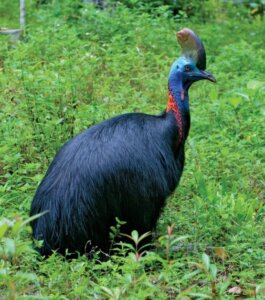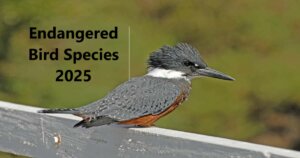How Climate Change Is Altering Bird Migration Routes?
Climate change is reshaping our world. Bird migration routes are not spared.
Birds have long followed predictable migration patterns. Yet, rising temperatures and altered habitats force many to change course. These changes impact ecosystems and biodiversity. Understanding how climate change affects bird migration is crucial. It helps us grasp broader environmental shifts.
This blog will explore the science behind these changes. It will also highlight specific species affected. Plus, we will discuss what this means for our planet’s future. Stay with us to learn more about these vital changes.
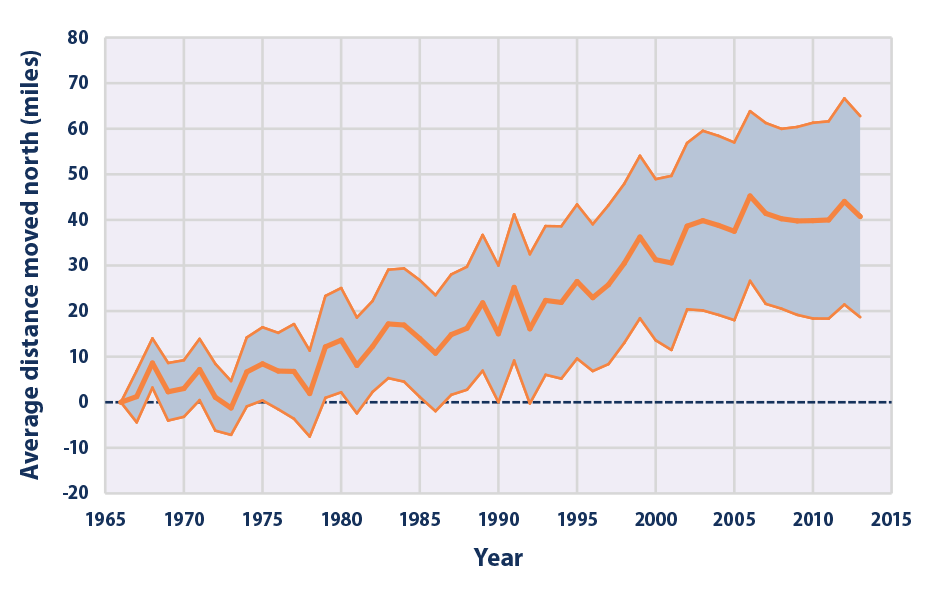
Credit: www.epa.gov
Climate Change Impact On Birds
Climate change is reshaping the natural world. Birds, with their sensitive migration patterns, are significantly affected. Changes in climate disrupt their traditional routes, breeding grounds, and food sources. As temperatures rise and habitats shift, birds face new challenges.
Rising Temperatures
Rising temperatures are influencing bird migration. Birds migrate based on seasonal cues like temperature. Warmer climates cause birds to leave earlier or later than usual.
This shift leads to mismatches in food availability. For example:
- Insects may hatch before birds arrive.
- Flowering plants may bloom too early.
These changes can result in food shortages. Birds may struggle to find enough to eat.
Changing Habitats
Climate change alters habitats. Forests, wetlands, and grasslands are changing. Birds depend on these habitats for nesting and feeding.
As habitats shift, birds must adapt or move. For instance:
- Wetlands may dry up, affecting waterfowl.
- Forest areas may shrink, impacting woodland birds.
Many birds face the challenge of finding suitable new habitats. Some may not survive these changes.
Altered Migration Patterns
Climate change is reshaping the natural world. One of the most noticeable changes is how it affects bird migration. Birds are altering their migration routes, timing, and destinations. These changes can have serious impacts on their survival and ecosystems.
Earlier Departures
Birds are leaving their wintering grounds earlier than before. Warmer temperatures signal them to start their journey sooner. This shift affects the entire migration cycle.
Earlier departures can lead to:
- Missing vital food sources along the route
- Arriving too early at breeding grounds
- Increased competition for resources
These changes can disrupt the delicate balance of ecosystems. Birds rely on specific timing to find food and mates. Early departures can throw off this timing.
Extended Journeys
Many birds are now traveling longer distances. Climate change has altered their traditional stopover sites. Birds must find new places to rest and feed.
Extended journeys can cause:
- Increased energy expenditure
- Higher risk of predation
- Greater exposure to harsh weather
Longer trips can be exhausting for birds. They need more energy to complete their migration. Finding suitable stopover sites is crucial for their survival.
Climate change is a significant force. It is altering bird migration in profound ways. Understanding these changes is key to protecting our feathered friends.
New Migration Routes
Climate change is reshaping the world we know. Birds are adjusting their migration routes in response. These new routes reveal fascinating changes in behavior and survival strategies.
Northern Shifts
Birds are migrating to the north. The warming temperatures in northern regions attract them. These regions now have more food and safer nesting sites.
Species like the Blackcap and Chiffchaff are moving to areas that were once too cold. This shift affects the ecosystem. Northern regions are seeing new birds. This can impact local species and food chains.
Novel Stopovers
Birds are also finding new stopover sites. These are places they rest and feed during their long journeys. Changes in climate create new habitats. Birds explore these areas for resources.
For example, the Swainson’s Thrush is discovering new stopovers in the Midwest. These new sites provide food and safety. The birds adapt quickly to these changes.
Bird migration routes are not fixed. They evolve with the environment. Understanding these changes helps us protect bird species. It also helps us maintain healthy ecosystems.
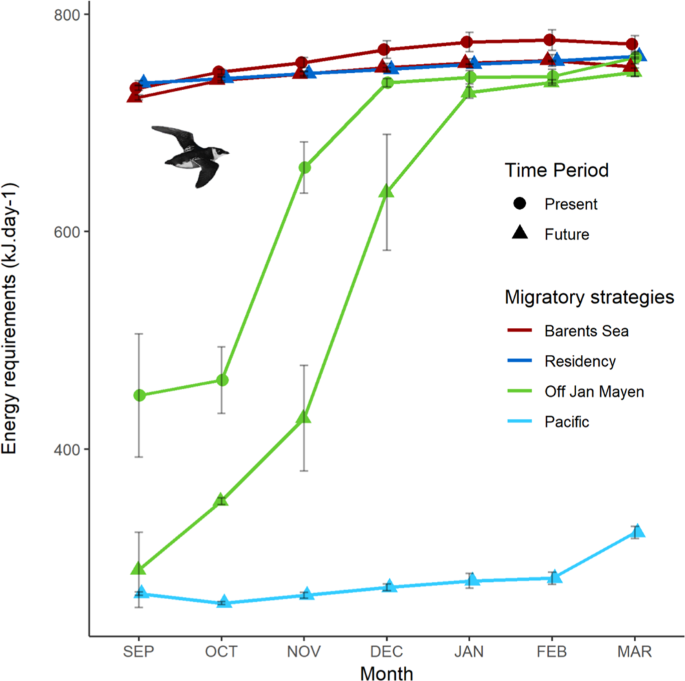
Credit: www.nature.com
Species-specific Changes
Climate change is reshaping bird migration routes in diverse ways. Each species experiences these changes differently. Some species adapt well, while others struggle. This section focuses on species-specific changes among songbirds and waterfowl.
Songbirds
Songbirds are among the most affected by climate change. Warmer temperatures disrupt their migration patterns. Some start their journeys earlier than usual. This shift affects their breeding cycles. They may arrive before food sources are plentiful. As a result, many face survival challenges.
Species like the American Robin show noticeable changes. They now migrate northward sooner. These early arrivals can lead to mismatches with food availability. Birds risk starvation if insects or plants are not yet abundant. This timing mismatch disrupts the entire ecosystem.
Waterfowl
Waterfowl, such as ducks and geese, also face significant changes. Warmer winters mean less ice on lakes and rivers. This allows waterfowl to stay in their breeding grounds longer. Some populations delay their migration south.
Shifts in water levels impact these birds too. Changing rainfall patterns alter wetland habitats. This affects the availability of food and nesting sites. Species like the Northern Pintail are particularly vulnerable. They rely on specific wetlands for breeding. Changes in these habitats can lead to population declines.
Waterfowl also face increased competition for resources. As their habitats change, they compete with other species. This competition can strain their ability to survive and reproduce.
Challenges For Birds
Climate change is creating significant challenges for birds, especially during migration. Rising temperatures and unpredictable weather patterns disrupt their natural behaviors. These changes pose serious risks to their survival.
Food Scarcity
As temperatures rise, food sources for birds become scarce. Insects and plants may not be available when birds arrive at their usual stopovers. This mismatch in timing affects their energy levels. Birds may struggle to find enough food to sustain their long journeys. Without adequate nutrition, their chances of survival decrease.
Habitat Loss
Climate change also leads to habitat loss. Wetlands, forests, and other critical habitats are disappearing. These areas are essential for resting and feeding. Birds find it harder to locate suitable places to stop. They may have to travel further, using more energy. Habitat loss reduces their chances of finding safe resting spots.
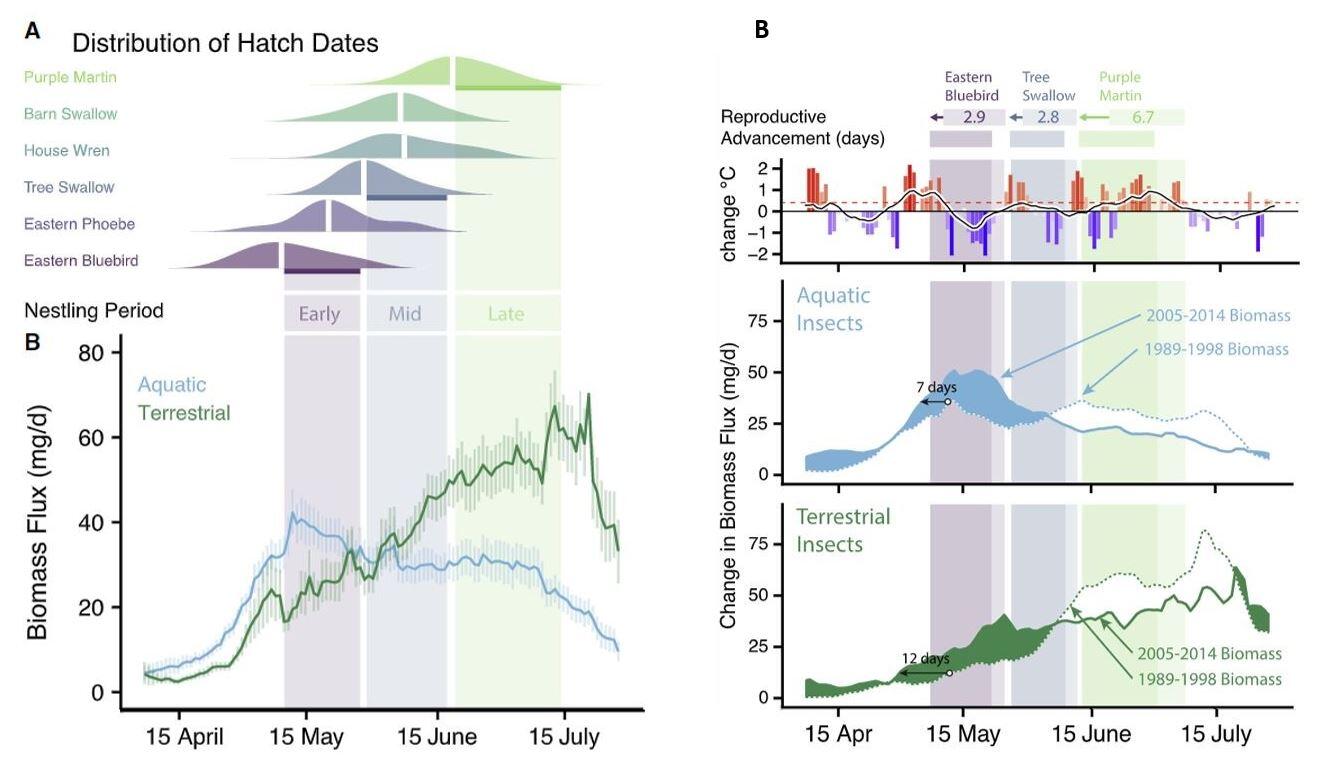
Credit: vt.audubon.org
Technological Insights
Climate change has a significant impact on bird migration routes. Modern technology helps us understand these changes better. Through tracking devices and satellite data, we can monitor bird movements closely. These technological insights provide valuable information on how bird migration patterns are evolving.
Tracking Devices
Tracking devices are small gadgets attached to birds. They record the birds’ locations over time. Scientists use this data to study migration routes.
Here are some types of tracking devices:
- GPS tags: These provide precise location data.
- Radio transmitters: These send signals to track birds.
- Geolocators: These record light levels to estimate location.
Tracking devices are lightweight and do not harm birds. They offer real-time data, which is crucial for studying migration changes due to climate change.
Satellite Data
Satellites play a key role in studying bird migration. They provide a broader view of bird movements across large areas.
There are several benefits to using satellite data:
- Wide coverage: Satellites can track birds over continents.
- High accuracy: They provide precise location data.
- Continuous monitoring: Satellites collect data round the clock.
Using satellite data, scientists can observe patterns in bird migration. They can see if birds are changing their routes due to climate change. This data helps in conservation efforts to protect bird species.
The combination of tracking devices and satellite data gives a comprehensive picture of bird migration. These technological insights are essential for understanding and addressing the impacts of climate change on birds.
Conservation Efforts
Conservation efforts are essential to protect bird species affected by climate change. These efforts help maintain the balance of ecosystems and ensure the survival of many bird species. Organizations and governments around the world are working tirelessly to implement effective conservation strategies. Below, we explore some key areas of focus in these efforts.
Protected Areas
Protected areas are crucial for bird conservation. These regions provide safe habitats where birds can thrive without the threat of human interference. National parks, wildlife reserves, and sanctuaries play a significant role. They offer a refuge for birds during their migration. Establishing more protected areas can help conserve vital bird habitats.
Creating buffer zones around these areas can also be beneficial. Buffer zones reduce the impact of human activities near protected regions. This ensures birds have a safe space to rest and feed. Monitoring these areas is essential to ensure they remain effective.
Global Initiatives
Global initiatives bring countries together to tackle the challenges of bird migration. Programs like the Migratory Bird Treaty Act help protect migratory birds across borders. International cooperation is vital. It ensures that birds are protected throughout their entire migration route.
Organizations such as BirdLife International work on global conservation projects. They collaborate with local communities to implement sustainable practices. These practices help maintain bird populations and habitats. Global initiatives raise awareness about the importance of bird conservation. They encourage people to take action and support conservation efforts.
Future Predictions
Climate change is creating significant shifts in bird migration patterns. Scientists are now focused on predicting future changes. These predictions help understand the long-term effects on bird populations and ecosystems.
Ongoing Research
Researchers are studying various factors affecting bird migration. They use satellite tracking to monitor bird movements. This data helps identify trends and patterns.
One study shows birds are migrating earlier each year. This is due to warming temperatures. Another study links changes in migration routes to habitat loss.
Scientists are also looking at changes in food availability. As climates change, food sources may become scarce. Birds may need to travel farther to find food.
Adaptation Strategies
Birds are adapting to these changes in several ways. Some are altering their migration routes. Others are changing their migration timing.
Conservationists are creating safe havens for birds. These areas provide food and shelter. They help birds survive during migration.
Community involvement is also key. People are planting native trees and shrubs. This supports local bird populations.
Technology is playing a role too. Drones and sensors monitor bird movements. This data helps create better conservation plans.
By understanding these strategies, we can help birds adapt to a changing world.
Frequently Asked Questions
How Does Climate Change Impact Bird Migration?
Climate change disrupts traditional migration routes, altering the timing and destinations. Birds face unpredictable weather and habitat loss. These changes affect their survival and reproduction rates.
Why Are Birds Changing Their Migration Routes?
Birds change routes due to shifting climate patterns. Warmer temperatures and altered food availability force them to adapt. These changes help birds find suitable habitats.
What Are The Consequences Of Altered Bird Migration?
Altered migration can lead to mismatched timing with food sources. This impacts bird survival and breeding success. It can also disrupt ecosystems.
Are Any Bird Species At Risk Due To Climate Change?
Yes, many species are at risk. Climate change affects their habitats and food sources. Some species may face population declines.
Conclusion
Bird migration routes are changing due to climate change. These shifts affect ecosystems. Birds may struggle to find food and shelter. Some species might face extinction. This impacts biodiversity and human life. We must act now to reduce climate change.
Protecting bird habitats is crucial. Small actions can make a big difference. Be aware and make eco-friendly choices. Together, we can help birds and the planet.
Hello Dear, I'm Poli Kolymnia, owner of many birds (including budgies).
With a deep passion for these feathered companions, I'm here to share my expertise and extensive knowledge on birds care.
My articles cover essential topics like diet, housing, care, and health, providing practical tips to help you create a happy and thriving environment for your birds.




